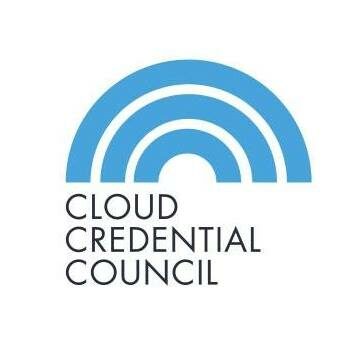Knowledge Byte: The Right Questions and Considerations to Be Weighed in Cloud Strategies

Cloud Credential Council (CCC)

Transiting to the cloud can bring a number of business benefits, but it also may cost more than planned.
These unexpected costs may include connectivity, customizations, security, upgrades and disaster recovery. Many of these costs stem from the lack of a cloud strategy.
Key Considerations for Cloud Strategies
Key organizational considerations regarding cloud strategies include the following considerations:
- Cloud strategy does not replace current IT or business strategy principles.
- Organizations should adopt a strategic position regarding cloud computing and its use within the organization.
- Organizations need to create a corporate policy on cloud computing.
- IT needs to understand cloud computing to advise the organization on policy decisions or face the prospect of an external IT provider influencing and directing cloud policy and decisions.
Key Questions Related to Cloud Strategy
While adopting cloud strategies, an organization should ask the following questions:
- How will cloud computing provide strategic value and competitive advantage to the organization?
- What challenges will the organization face when adopting cloud computing?
- What are the risks of adopting cloud computing?
- What are the risks of not adopting cloud computing?
- When is the right time to adopt cloud computing?
- What does the organization and its staff know about cloud computing?
Cloud provides a means to improve efficiency and effectiveness. However, the key risk with cloud computing is the ownership of data. Who owns the data and what guarantees can a cloud provider give to the organization regarding the ownership of their data? Organizations need to consider any known and potential implications of governments regarding their ability to gain access to data.
Example of an Initial Cloud Adoption Strategy

- Establish leadership to drive the cloud computing agenda;
- Define strategic position;
- Assess cloud offerings and internal capability to adopt cloud services;
- Invest in cloud computing strategies;
- Realize the value of cloud computing and cloud-based.
The figure presents a simple cloud strategy that can be adopted by organizations that do not have a formal cloud strategy. More advanced organizations or those organizations that are adopting cloud computing and cloud-based services may have their own cloud strategy framework either similar or more advanced than the sample provided.
Remember that governance is not the same as management. Governance is about doing the right thing for the stakeholders of the company. Management is about getting things done.
Courses to help you get
results with Cloud
Professional Cloud Service Manager™
The industry-recognized CCC Professional Cloud Service Manager certification is recognized and supported by several key technology vendors and standards bodies. It provides you a case study with related exercises such as multiple-choice questions and workbook activities. We made sure to include various high-quality reference materials that you can go back to throughout your career advancement.
Never miss an interesting article
Get our latest news, tutorials, guides, tips & deals delivered to your inbox.
Keep learning




